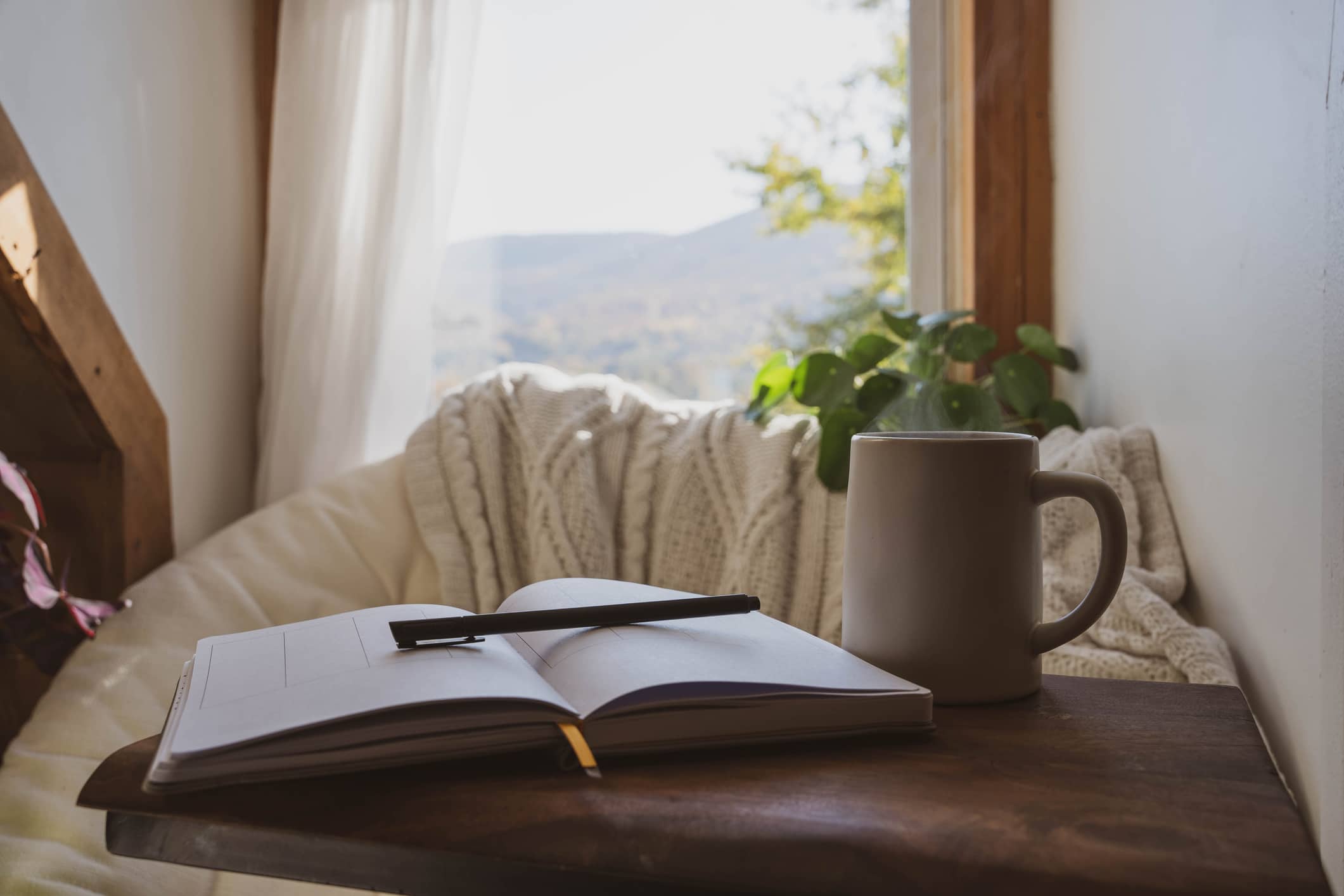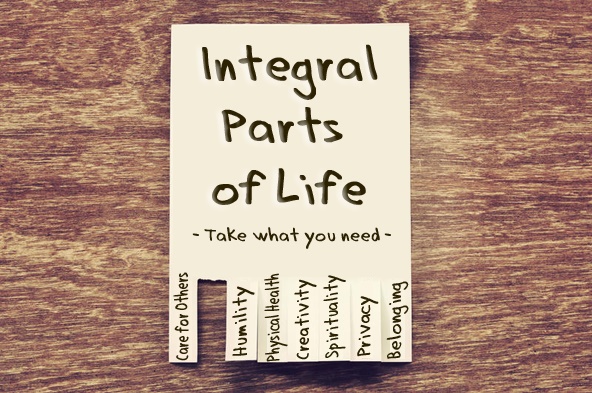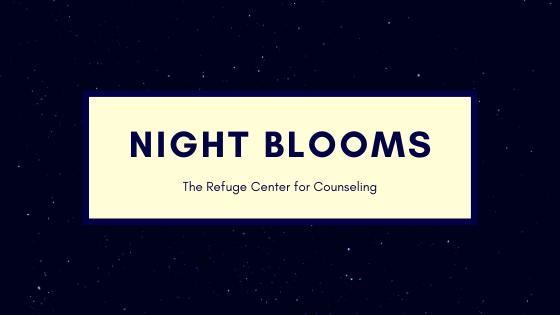Journaling has been a resource for me throughout my life. I love to say that journaling makes the things that feel big get smaller on the page, and it gives the small things space to be seen. I often recommend journaling for my clients, and they respond, “How do I do it? Where do I start? What should I write? How does this help?” These are excellent questions that I wanted to dignify with a thorough response on this blog post. I will first talk about why journaling is a helpful practice, and then I will share some prompts and activities that might serve as the launching pad for your own journaling journey. I am convinced there is a type of journaling for everyone, it is just a matter of finding the style that aligns with your personality and strengths.
Why Journal? What does the research say about journaling? One meta analysis research article looking at the efficacy of journaling in the management of mental illness found that, “journaling intervention[s] resulted in an average statistically significant 5% reduction in patient scores on mental health measures compared with control arms, with a greater benefit in anxiety (9%) and PTSD (6%) symptom subgroups” (Sohal et al., 2022). Baikie & Wilhelm (2005) found that there were even physiological benefits (such as lowered blood pressure) when participants engaged in expressive writing activities. My main point: Give it a try! There is a lot of research out there that supports the idea that journaling is beneficial. On a positive psychology website, Sutton (2018) stated, “with support and confirmation that their innermost thoughts and feelings remain private, they will grow more confident in capturing their deepest thoughts and better able to manage their anxiety and stressful situations.” I love the way he describes the journaling experience. In the safe, private and personal pages of a journal, we have space to ask the hard questions, write the emotional answers, and catch the falling tears. When journaling, find a time, place and chair that feels right. I have never been a morning person, so I find journaling before bed or during my day works best. Ideally, I am writing in a journal with lined pages, using a mechanical pencil, and sipping on a cup of tea. Find what works best for you!
Journaling Ideas
***This is not an exhaustive list! There are SO MANY great articles about journaling techniques online. I hope this list acts as a catalyst for finding the approach that works best for you. The journal is yours to enjoy so if it starts feeling like homework, then take a step back or try a different approach (see below).
Create a Free-Writing Journal:
I like to call this stream of consciousness. If you enjoy writing and have the time for it, I highly recommend choosing your favorite pen or pencil, buying a journal that makes you smile, and then daily chronicling your thoughts on paper. You can process through the events of the day, jot down the first thing that comes to mind, write what you want to remember, pen a quote that stood out to you, or do all of the above. This is not meant to be organized, pretty, or even make sense! This is opening the floodgates of your mind and allowing it to overflow onto a page.
Use a Journal with Prompts:
Use a journal with daily prompts like the one linked below. It provides questions on each day of the year, and then you repeat the pattern for 5 years (for example, on March second every year I could answer the question, “What can you smell right now?” or the next day I could answer the question, “If you could travel anywhere tomorrow, where would you go?”). I personally have used this journal and have loved seeing how my answers have changed over time.
◆ Q&A A DAY: 365 QUESTIONS, 5 YEARS JOURNAL
There are also journals called “Wreck this Journal” that provide a more experiential approach to journaling. Sometimes you write, sometimes you paint, sometimes you rip the page, sometimes you scribble.
◆ Create a Gratitude Journal:
***Quick Note: For those who read the word gratitude and thought, “I have nothing to be grateful for” or “how would this even help?” you are in good company. MANY clients question the helpfulness of this approach. Sonja Lyubomirsky, who wrote the book, “The How of Happiness” discovered science-backed strategies for becoming happier. She created the “pie chart theory of happiness” that says your level of happiness is determined by your genetic set-point (accounting for 50% of the variance in happiness), external circumstances (10%), and intentional activity (40%). So yes, 60% of our happiness is external factors or genetics, but that leaves 40% of happiness that we can change! She found that practicing gratitude weekly was an excellent way of boosting happiness. I highly recommend reading her book if you are skeptical.
➔ One of our therapists at The Refuge Center created a 3-year daily gratitude journal! Each day includes a quote and a place to write down three things you are grateful for.
◆ This wonderful resource is linked HERE
➔ The app “3 Good Things” is another great gratitude practice if you like using your phone.
➔ Remember, the things you choose to be grateful for do not need to be earth shattering or philosophical. They can be as simple as, “I am grateful that there was a discount at Kroger for my favorite bread” or “I am thankful that my son drew me a picture today.”
Create an “Emotions” Journal:
➔ Choose one of the 8 core emotions (Anger, Fear, Sadness, Gladness, Shame, Guilt, Loneliness, Hurt) to describe your day. Write the emotion, write where you feel it in your body and then write a one sentence summary of why you chose that emotion. ◆ If you want more emotional vocabulary, try using the emotions wheel!
Create a Music Journal:
➔ Take a moment to capture your day in a verse or chorus of a song. Sing in the car on the way home and record what comes up for you, or you can write lyrics in a journal. ➔ Write a band name in your journal that represents the kind of day that you just had and listen to a song by that band (i.e “Smashing pumpkins” if it was a hard day; or “The Eagles” if you felt free). You can do the same exercise by choosing a song title that represents your day and then listening to that song.
Create an Art Journal:
➔ Instead of writing words about your day, create a drawing that represents your day.
➔ If coming up with an original design feels stressful, assign images or objects to certain emotions or experiences during your day. For example, you could draw the same flower every time you feel like you grew in some way, or a bird could represent the feeling of being dissociated or disconnected from the ground and your body. You can get as simple or complex as you want!
➔ Grab some old magazines and try creating a collage that represents your day or week!
Create an Audio Journal:
➔ Use voice memos on your phone (or Samsung Voice Recorder for Android Users) to verbally process through your day, record important moments, sing melodies that come to mind, give yourself a pep talk before an interview, or just “blah” about your day. There is research that indicates that speaking your struggles out loud can loosen their painful grip on your mind.
➔Read this article for more insight on why speaking to yourself out loud works
References:
Baikie, K. A., & Wilhelm, K. (2005). Emotional and physical health benefits of expressive writing. Advances in Psychiatric Treatment, 11(5), 338–346. Lyubomirsky, S. (2010). The how of happiness. Piatkus Books. Sohal, M., Singh, P., Dhillon, B. S., & Gill, H. S. (2022). Efficacy of journaling in the management of mental illness: a systematic review and meta-analysis. Family Medicine and Community Health, 10(1). https://doi.org/10.1136/fmch-2021-001154 Sutton, J. (2018, May 14). 5 Benefits of Journaling for Mental Health. Positive Psychology. https://positivepsychology.com/benefits-of-journaling/#journalingc




